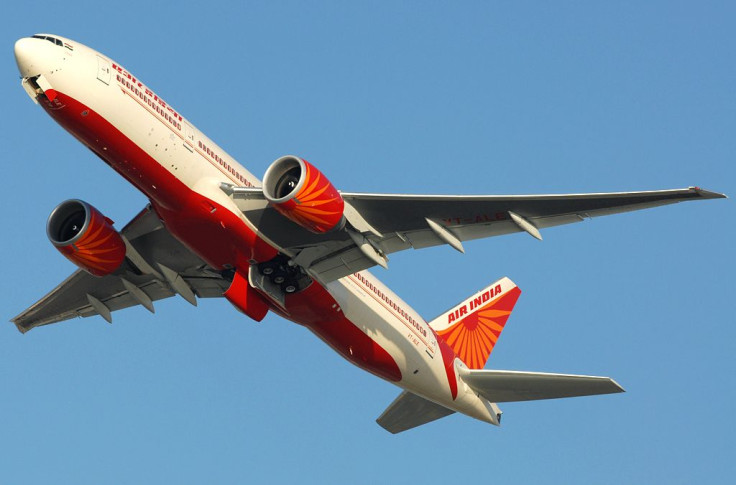Asleep At The Wheel: Allegations Of Napping Pilots In Mid-Air Renews Worries Over Indian Airline Safety

This story has been corrected. An earlier version stated that the flight attendants had allegedly turned on the plane's autopilot. In fact, they might have turned it off.
A pilot for Air India airlines has been suspended from his job following allegations that he and his co-pilot left two female cabin attendants in charge of a flight while they went to take a nap in business class.
The co-pilot even had one of the hostesses take his seat in the cockpit when he went to sleep, while the pilot requested the same of the second hostess -- at an altitude of 33,000 feet -- while the craft flew between Bangkok and Delhi last month.
According to a report in the Daily Telegraph, the errant pilot and co-pilot were forced to break their golden slumbers 40 minutes later when one of the hostesses mistakenly switched off the craft’s autopilot switch.
That act of negligence placed more than 160 passengers at grave risk.
However, following an initial inquiry into the affair, Air India insisted that passenger safety was never compromised and even denied that the pilot or co-pilot ever vacated the cockpit.
"It is categorically stated that at no point of time the cockpit was left unattended by the cockpit crew,” Air India said.
“Based on a report that two cabin crew members were in the cockpit for a prolonged period on the said flight, the airline management pro-actively summoned the cockpit and cabin crew for an inquiry. As the inquiry confirmed, the overstay of the cabin crew in the cockpit, administrative action was taken against them and the pilot. They have been suspended pending the final inquiry of the incident.”
Air India admitted the autopilot had indeed been switched off, but only “due to distraction.”
Still, this incident is only one of a number of episodes that have renewed questions about the safety of air travel in India.
In early 2013, a pilot for the domestic Indian Airlines was found to be intoxicated just prior to taking over control of a passenger flight. Three years ago, authorities discovered that several Indian pilots had fake licenses.
In March, the United Nations aviation watchdog released a report that condemned Indian airline safety by saying it is one of the 13 worst countries for air safety.
The International Civil Aviation Organization (ICAO) said it identified “a significant safety concern with respect of the ability of this state [India] to properly oversee its airlines [air operators] under its jurisdiction.”
India joined a dubious assemblage of countries that have the world’s worst airline safety records: Angola, Congo, Djibouti, Eritrea, Guinea, Guinea-Bissau, Haiti, Kazakhstan, Lebanon, Lesotho, Malawi, and Sao Tome, and Principe.
Livemint.com reported that between 2006 (when ICAO released a similar report about Indian airline safety) and December 2012, nearly 300 people died in Indian air crashes.
In one crash in 2010 alone, an Air India Express flight crashed in Mangalore, killing 158 people.
Denzil Keelor, a former Indian Air Force chief and a former aviation regulator, said of the latest ICAO report: “It’s a very damaging statement … the government is not serious about flight safety. Many [government aviation] officers are completely compromised. The first thing they do is ground the pilot [in case of an accident]. You have to prevent accidents and incidents, and not cure them.”
In January 2013, a German airline safety think-tank produced an even more damning report about India’s airlines.
The Hamburg-based Jet Airliner Crash Data Evaluation Center (JACDEC) said that Air India was the third most unsafe commercial airline in the world, trailing only China Airlines (the least safe) and TAM Airlines of Brazil (the second least safe).
© Copyright IBTimes 2024. All rights reserved.





















